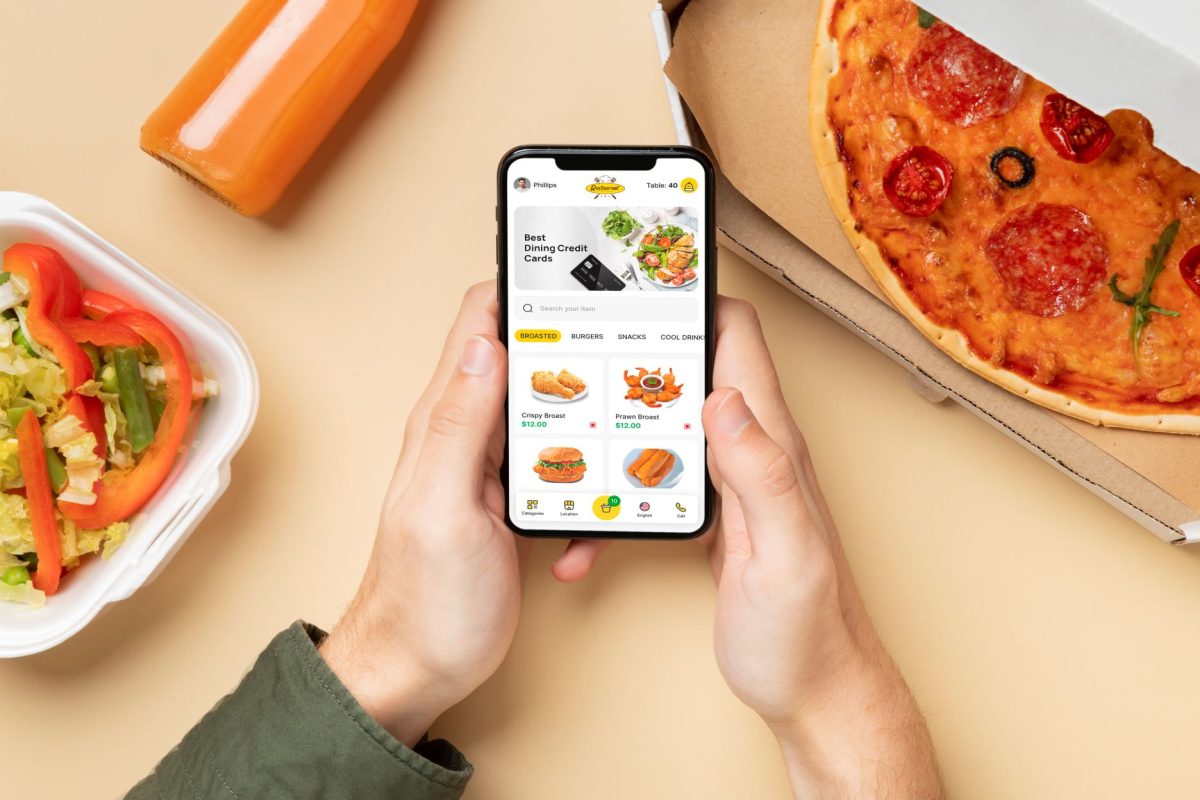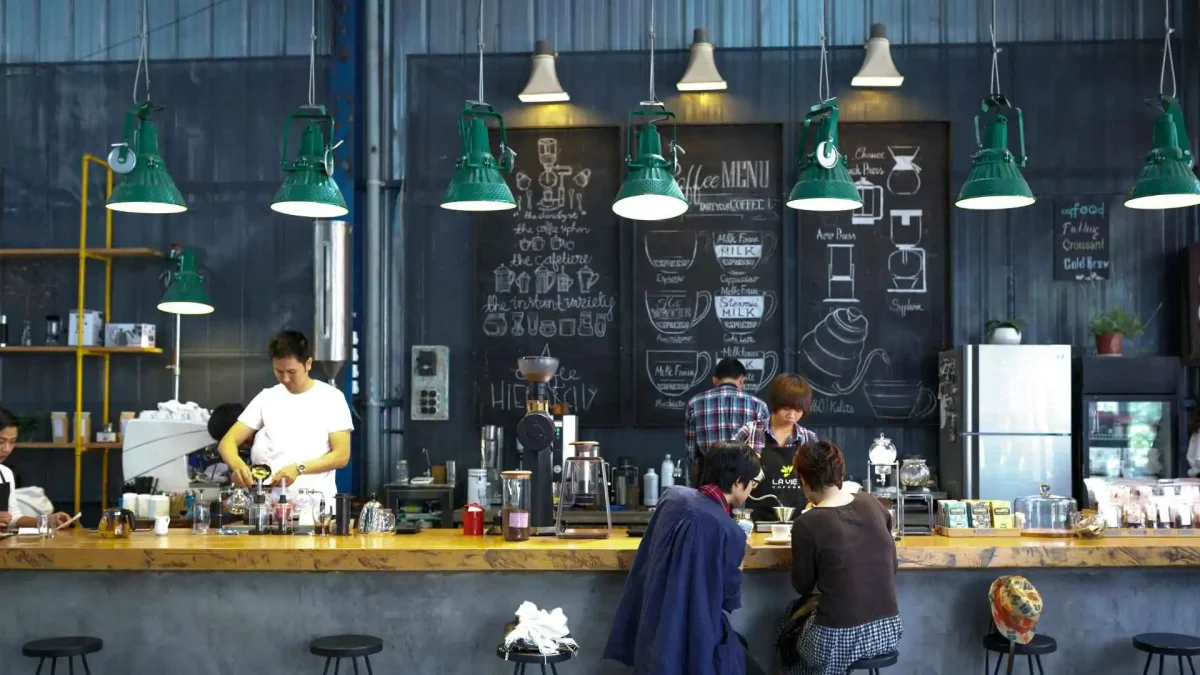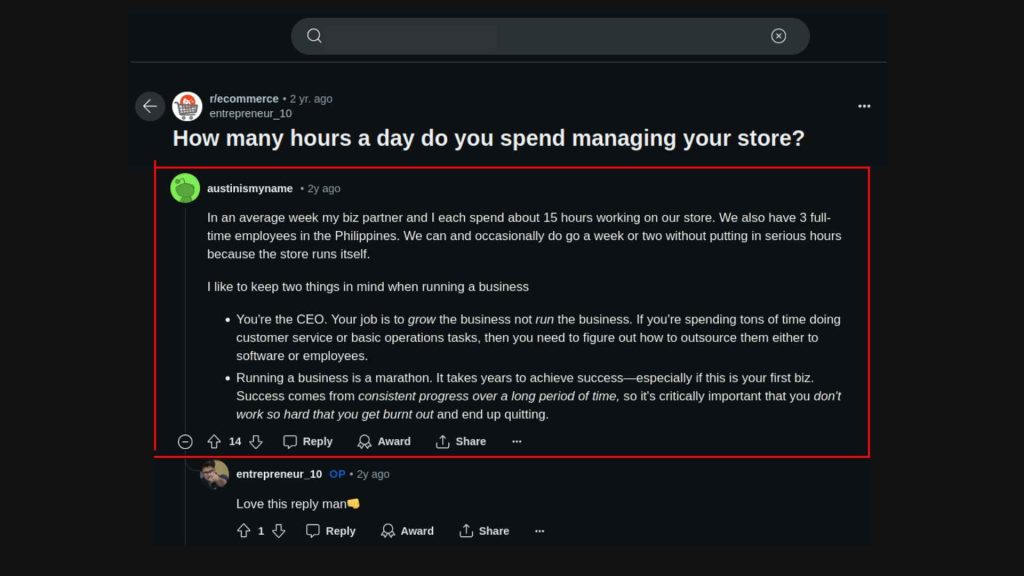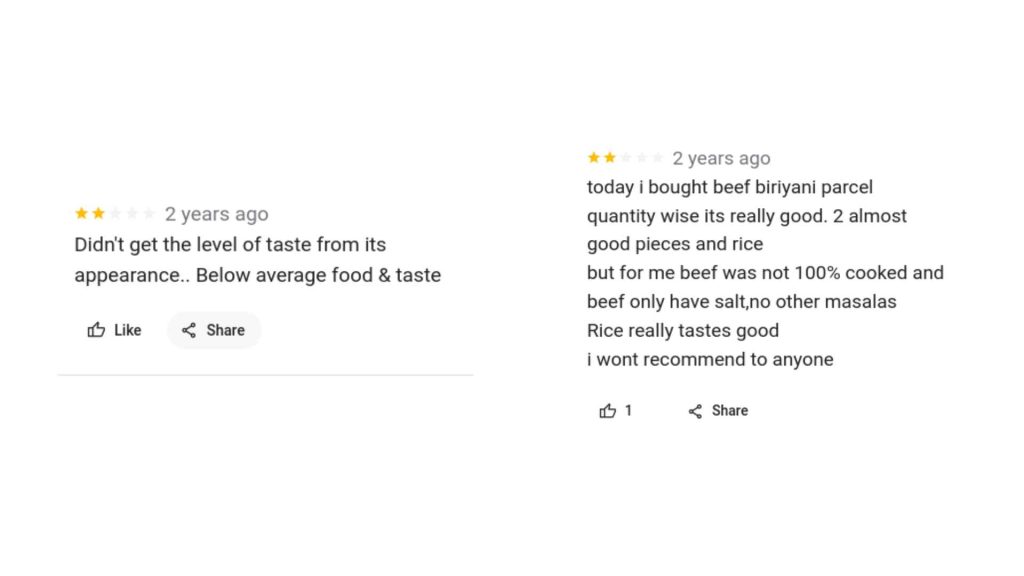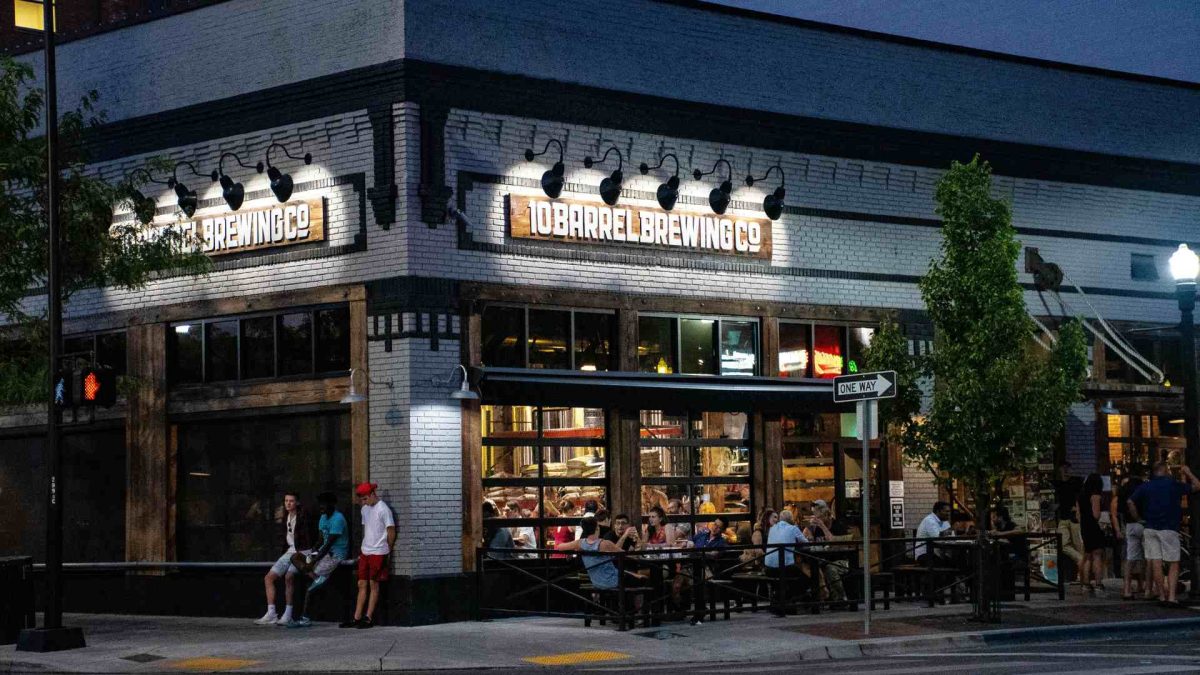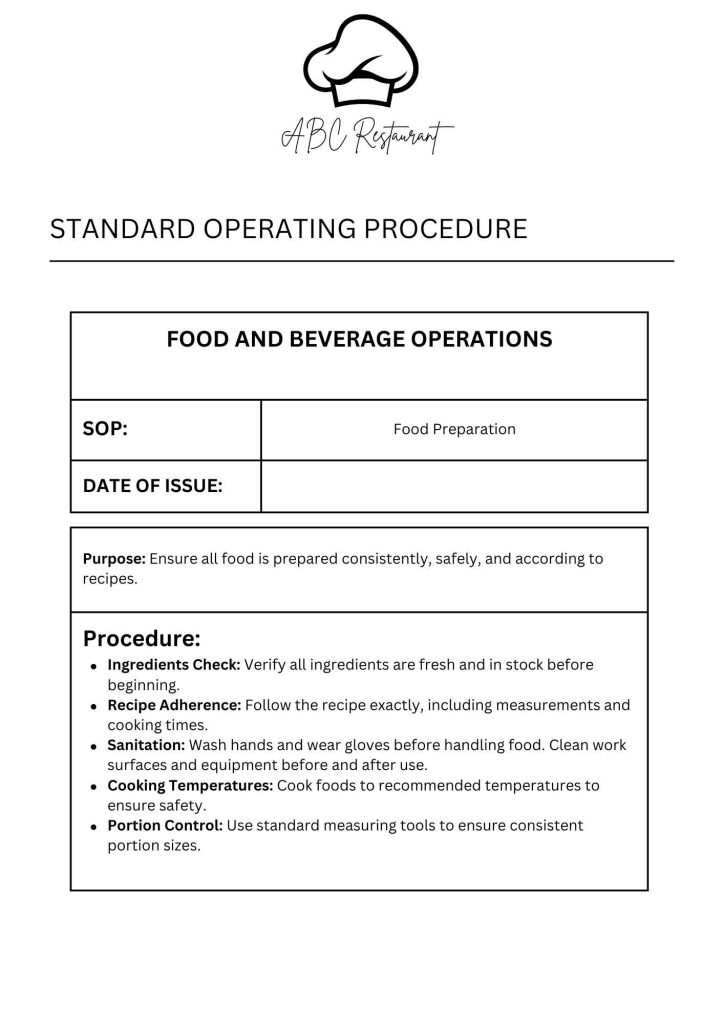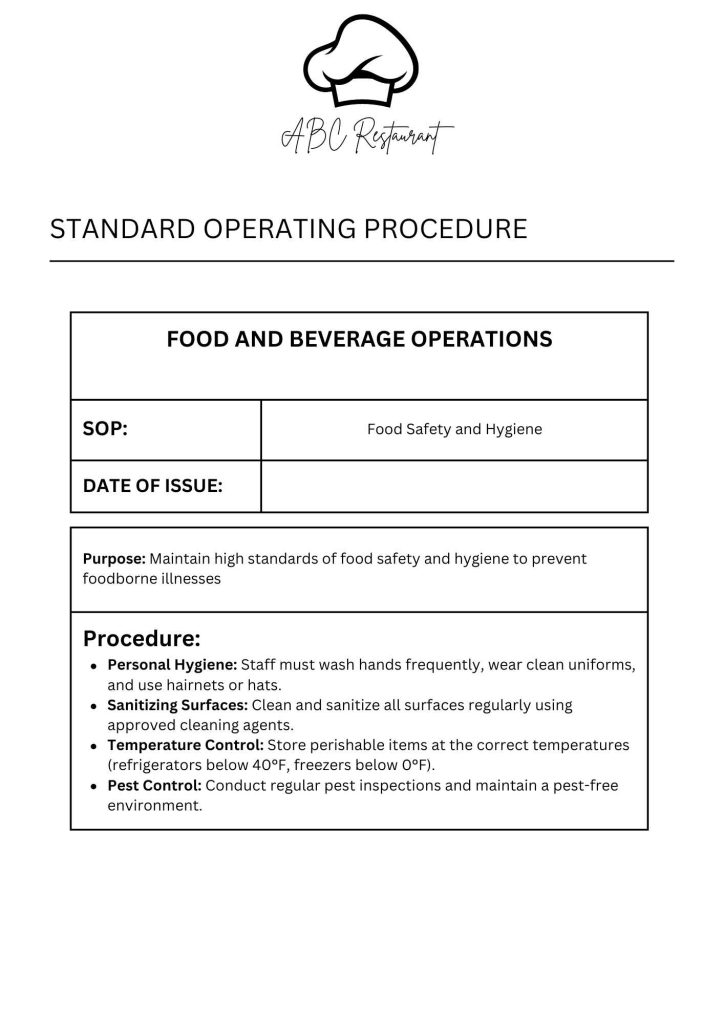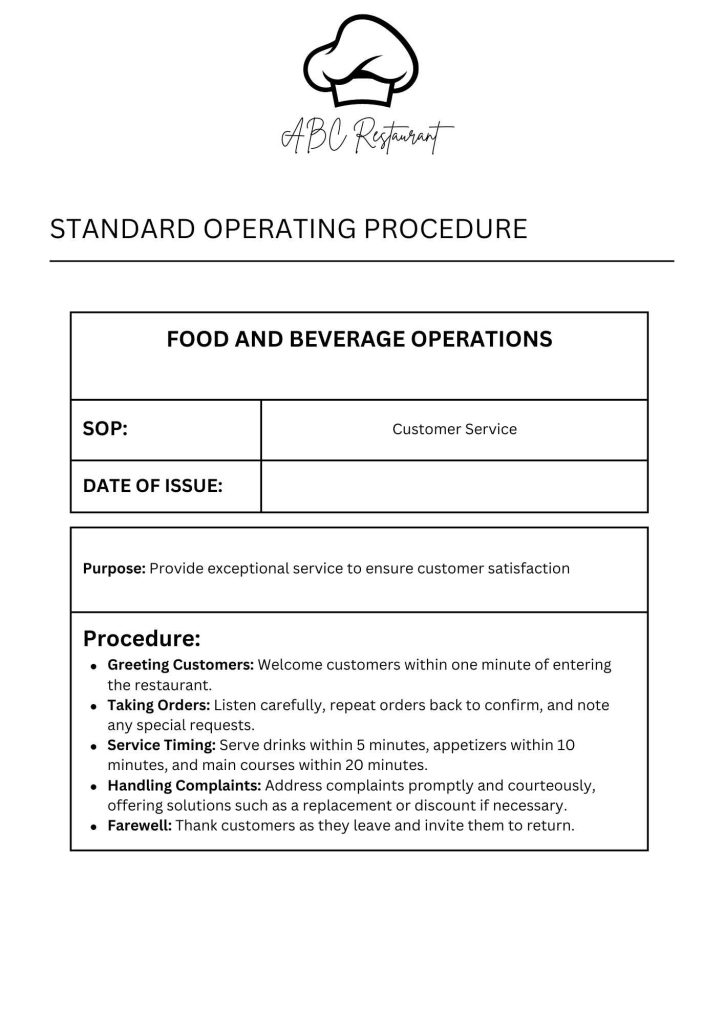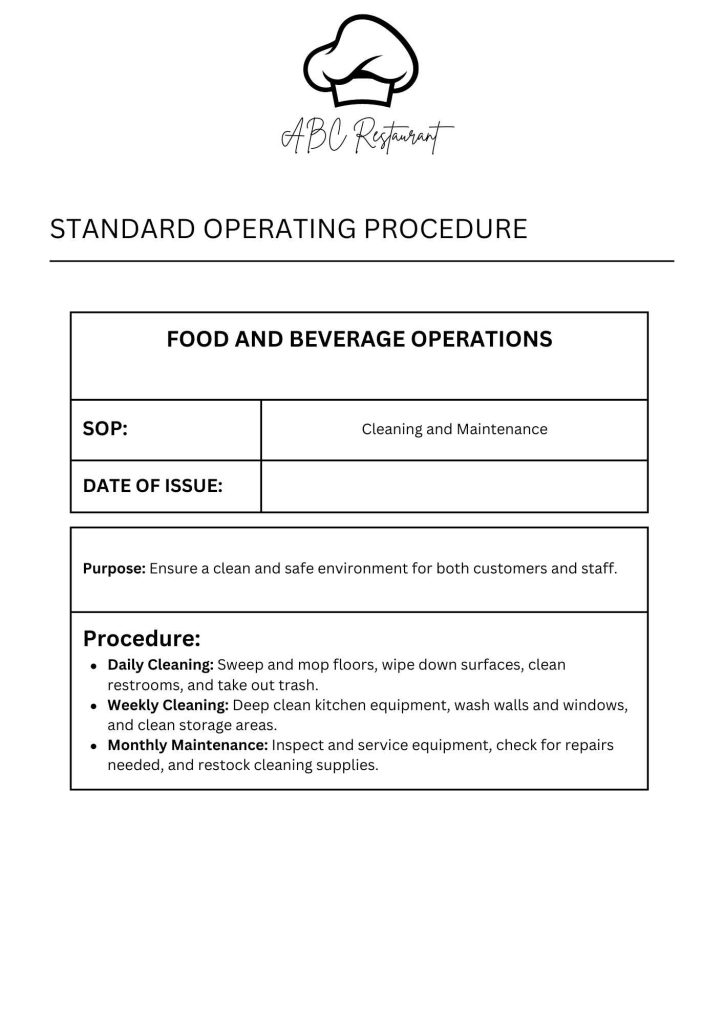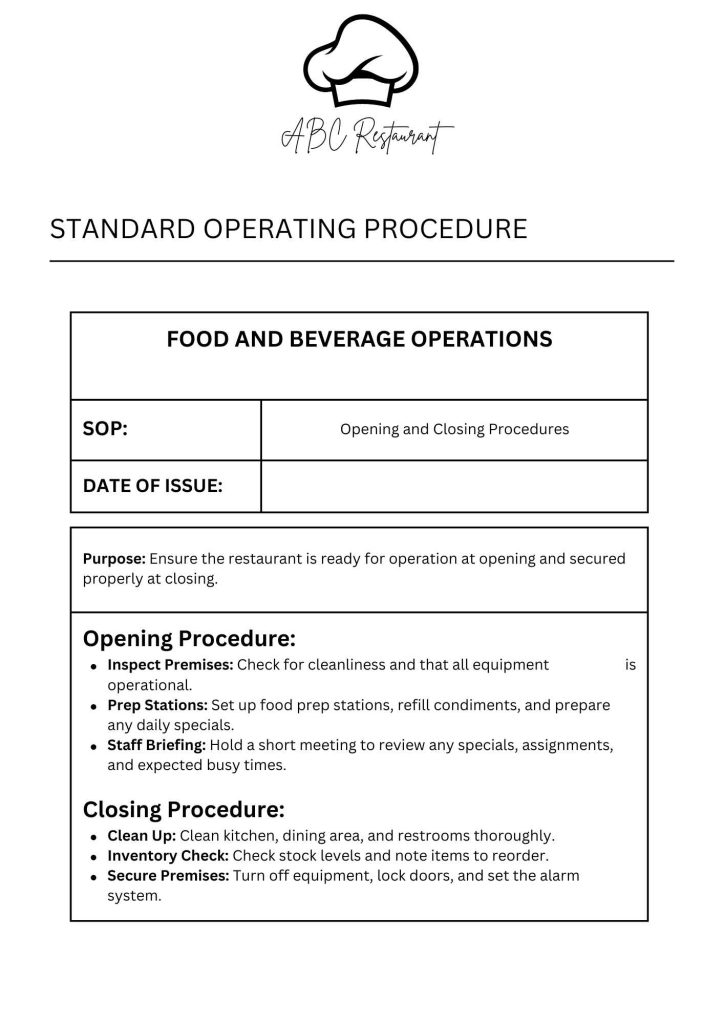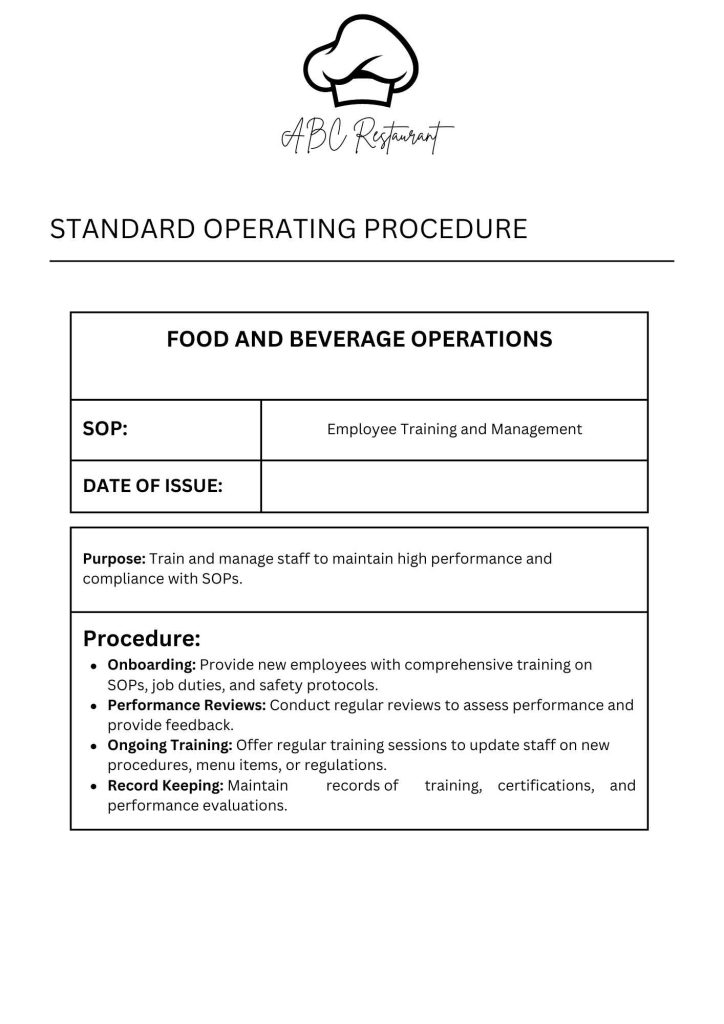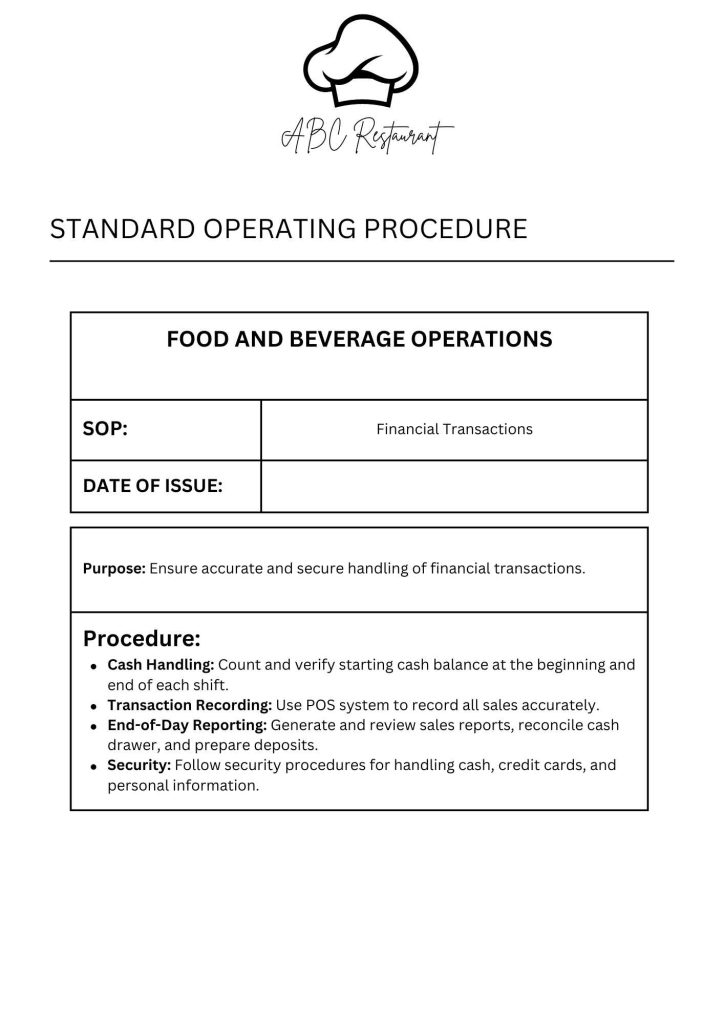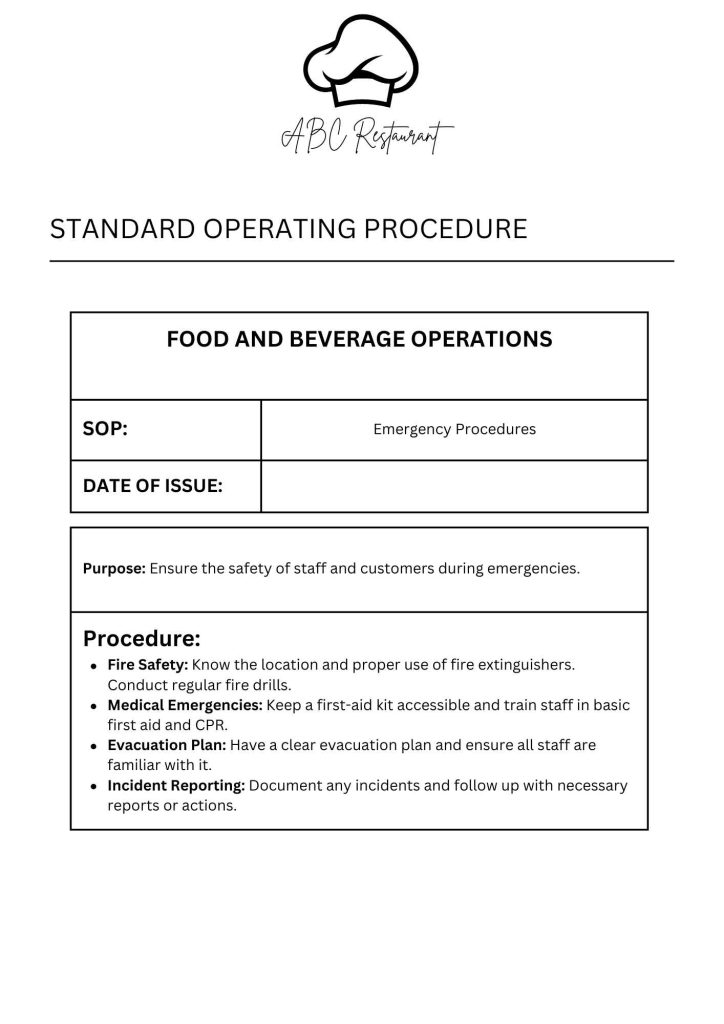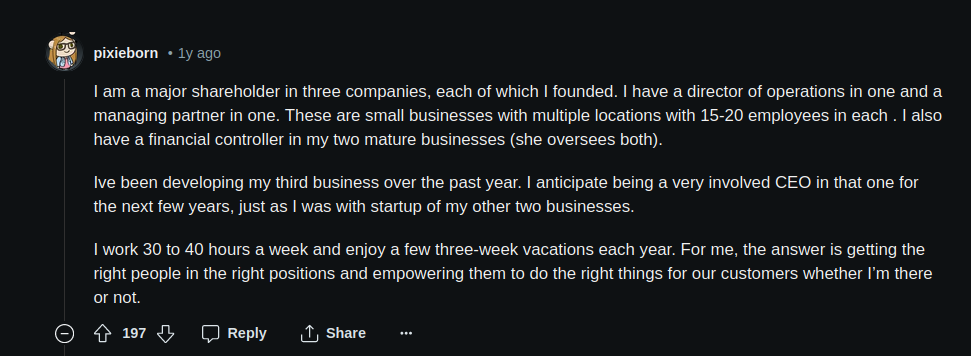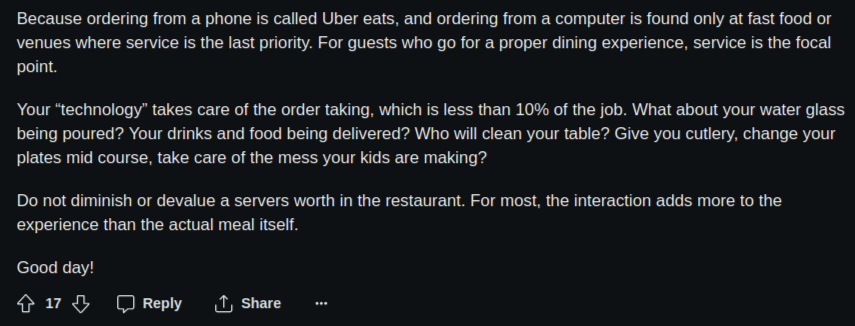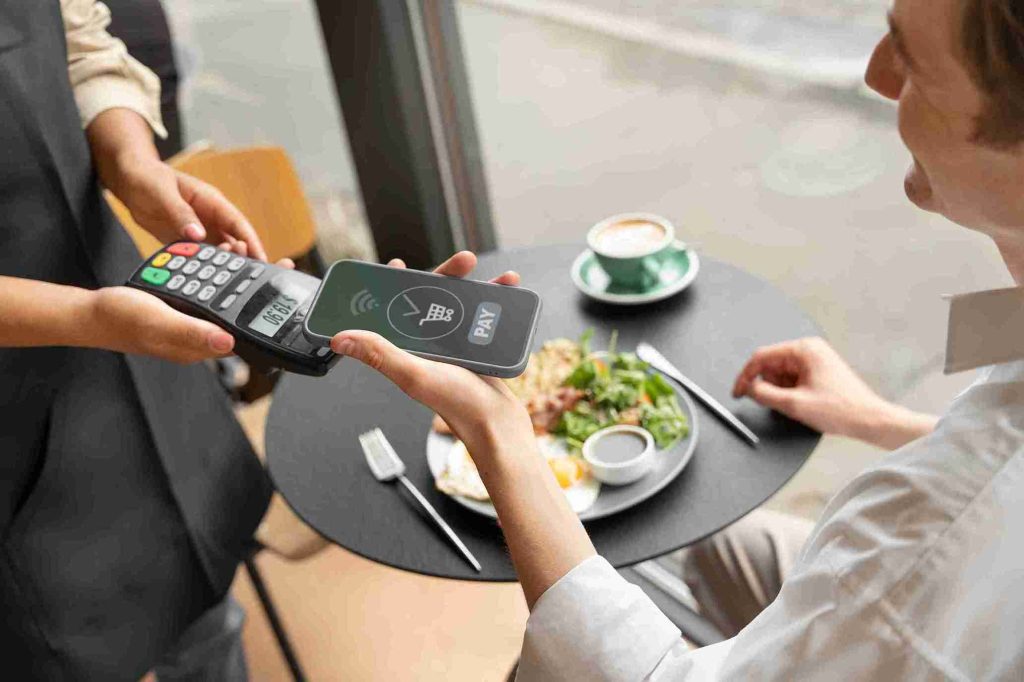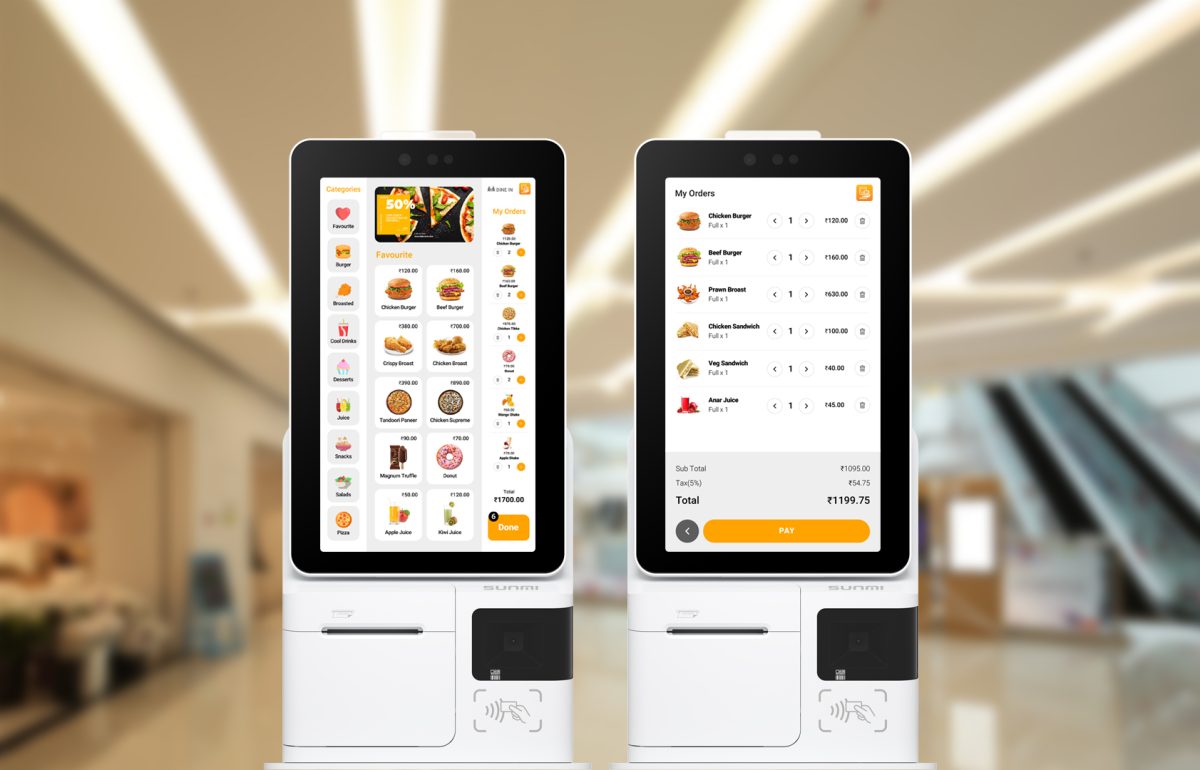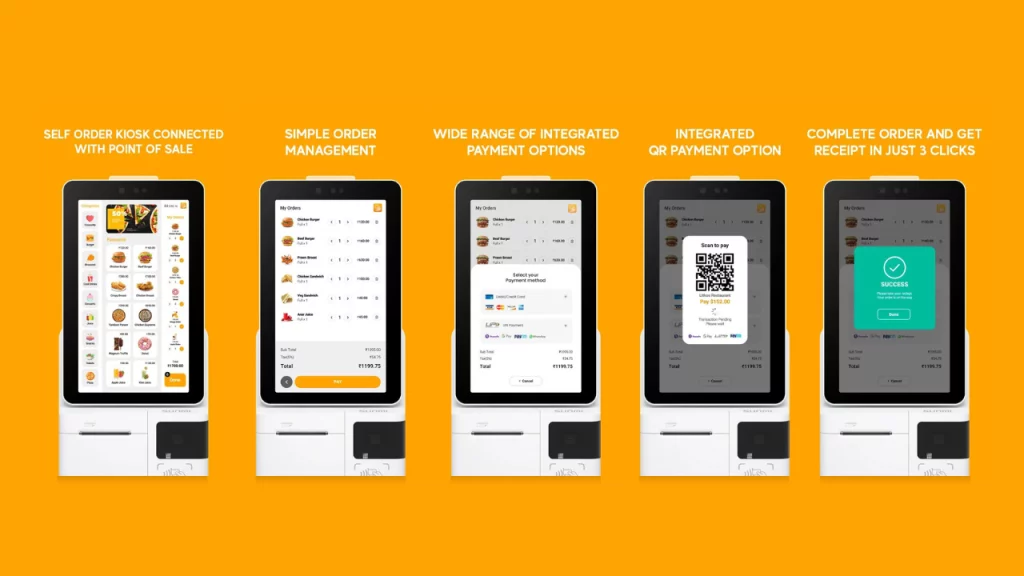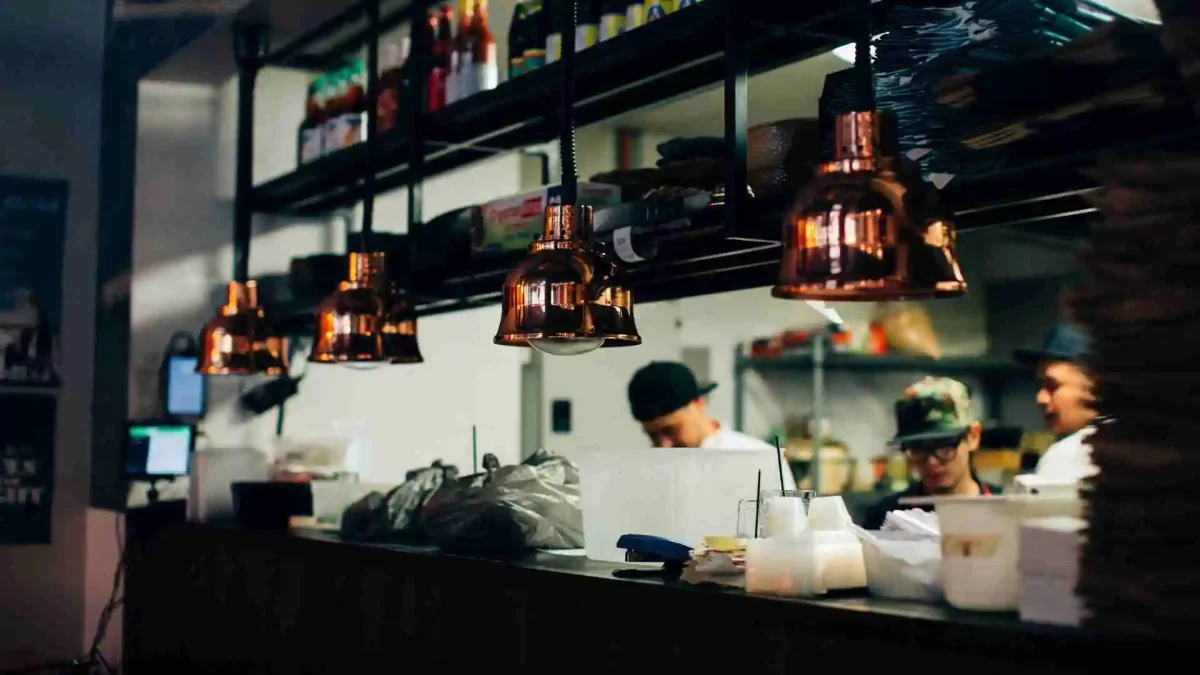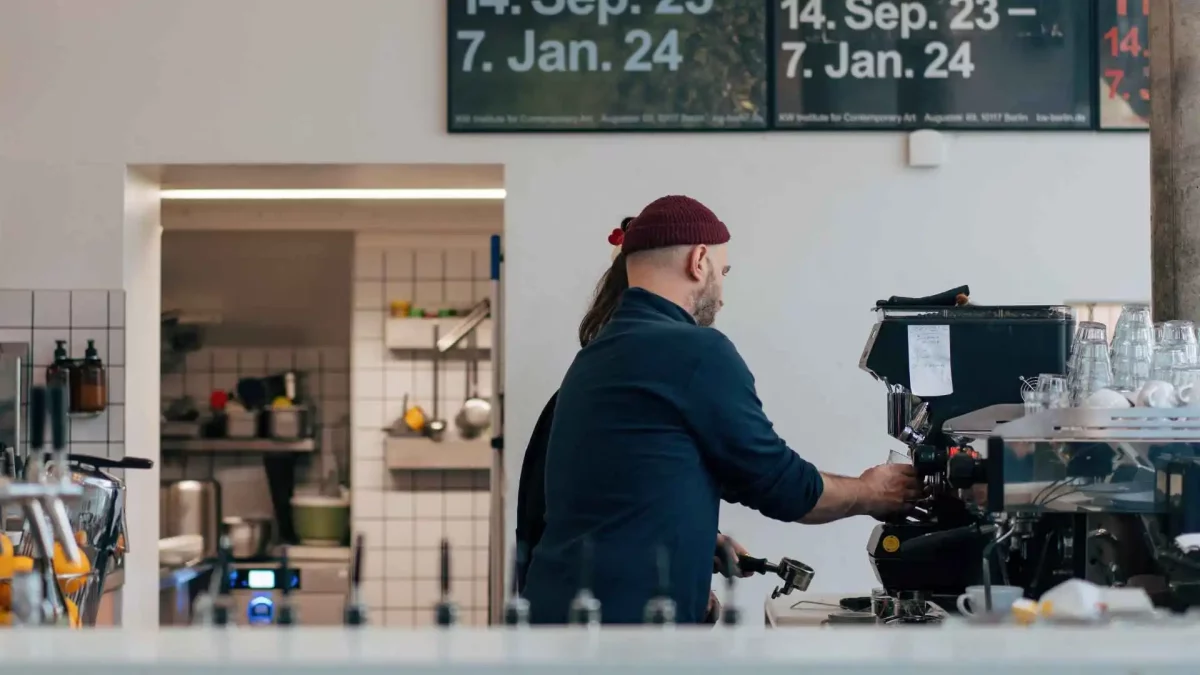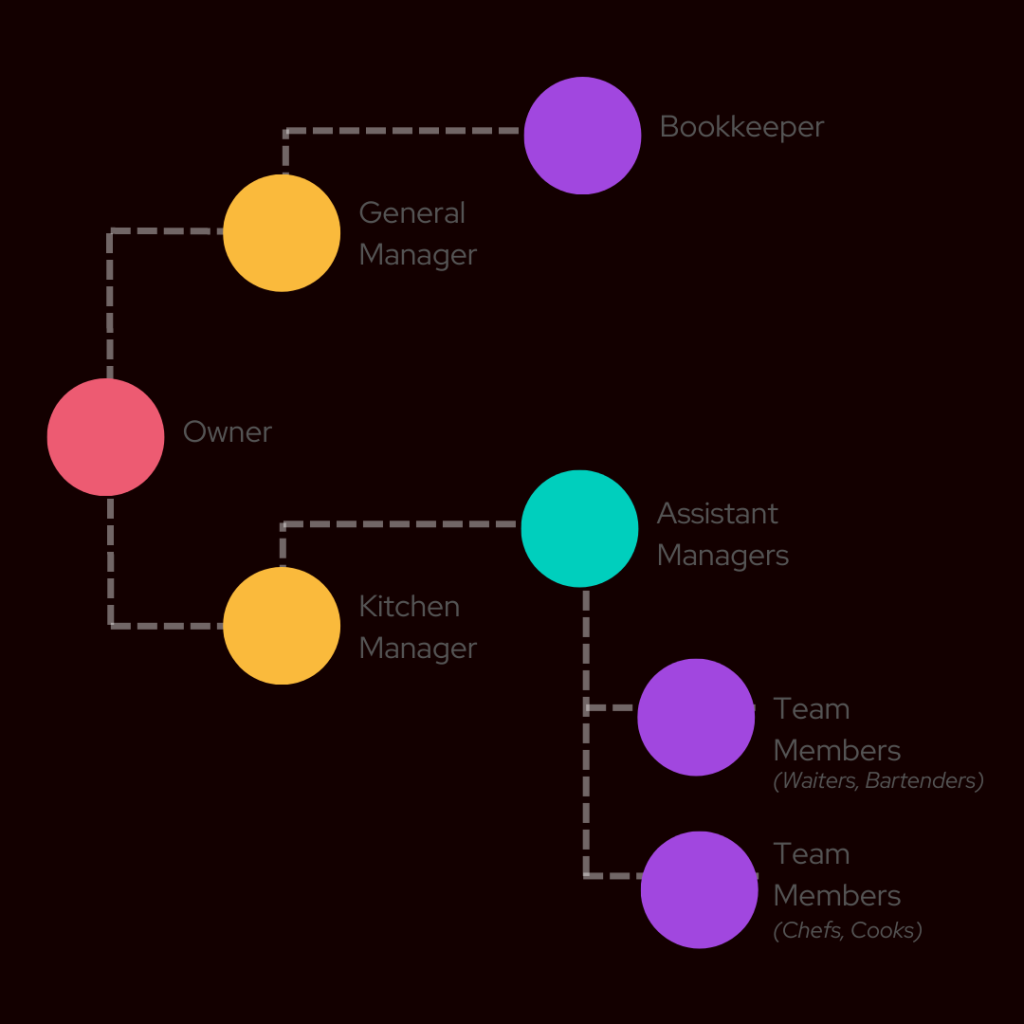In today’s fast-paced digital world, an online presence is no longer a luxury – it’s a necessity. If you own an offline business and want to expand your reach, selling online can be a game changer. Good news? You don’t have to start from scratch. With tools like LithosPOS (the best POS system for offline businesses), You can easily start selling online alongside your offline store, expanding your customer reach and increasing the visibility of your business. Manage everything effortlessly from a single platform and ensure seamless integration of your online and offline operations.
Table of contents:
→ Why Is Setting Up an Online Store Necessary?
→ Why Should Offline Businesses Go Online?
→ How LithosPOS Boosts Revenue for Offline Businesses Through Online Sales
→ Leveraging Social Media to Boost Online Sales
→ Conclusion
Why Is Setting Up an Online Store Necessary?
In today’s digital era, setting up an online store is essential for any business that wants to prosper. It allows you to reach a global market, operates 24/7, and caters to customers who prefer the convenience of online shopping.
According to Forbes, online business expands your market reach globally and allows businesses to attract customers worldwide. Complementing this availability is a 24/7 benefit that aligns with consumers’ growing preferences for the convenience of online shopping.
An online presence not only helps capture sales opportunities that may be missed in a physical store, but also improves the overall customer experience through easy navigation, secure transactions, and timely delivery.
In addition, integrating e-commerce with robust data analytics offers valuable insights into customer behavior and market trends that are critical to making informed business decisions and staying competitive in an evolving market.
Why Should Offline Businesses Go Online?
As a business owner, you’ve probably noticed a change in consumer habits. Online shopping has become more than just a passing trend– it is now the preferred method of shopping.
By moving your business online, you open the door to many benefits:
Reach a Wider Audience: By taking your business online, you can overcome geographic limitations and connect with customers far beyond your local area. This expanded reach allows you to tap into new markets and diverse customer bases, increasing your brand visibility and potential revenue.
Operate Around the Clock: Unlike a physical store, an online store is open 24/7. This constant availability means you are not restricted by traditional store opening hours, giving customers the flexibility to shop at their convenience and increasing sales.
Increase Customer Convenience: Online shopping offers unparalleled convenience. With a user-friendly interface, secure payment options, and home delivery, you provide a better shopping experience that meets modern expectations and encourages repeat business.
| Combining your physical store with online sales lets you enjoy more benefits like reaching more customers and operating around the clock while still keeping the personal touch that local customers value. You can uniformly blend the convenience of online shopping with the unique, personalized service that sets your business apart, ensuring a consistent and satisfying experience for everyone. |
How LithosPOS Helps Offline Businesses To Start Online Sales
| QK-Order, one of the key integrations of LithosPOS, is an intuitive online ordering platform that seamlessly connects with your POS system. Effortless Item Management: Manage your online store directly from your existing inventory and choose which items to list online, in just a few clicks. Simple Customer Access: Share a user-friendly link with your customers that allows them to browse your products, place orders, and make payments online. Real-Time Syncing: All orders and payments are instantly synchronized with your POS and accounting systems, ensuring a smooth and efficient operation. QK-Order helps you expand your reach and streamline operations, offering convenient online shopping. |
- LithosPOS Software stands out as the best POS system for offline businesses, designed to increase the operational efficiency of offline businesses Using the advanced features of the POS software, LithosPOS contributes to your operation more easily and increases overall efficiency.
- LithosPOS also has the ideal POS with integrated online ordering that simplifies all requirements with a powerful all-in-one POS system that effortlessly integrates and enhances every aspect of your online business.
→ How LithosPOS Helps You Integrate Online Sales with Your Offline Operations
- With LithosPOS online ordering integrated POS Software, you can access an advanced solution that simplifies the entire online business process, from building the right platform to developing a seamless user-friendly interface.
- LithosPOS covers every aspect of your online store. Additionally, it integrates smoothly with delivery services, inventory management, and advanced reporting tools, keeping your operations synchronized and up-to-date across all sales channels.
- Stay ahead with real-time management of online orders through LithosPOS. Receive instant updates on inventory levels, ensuring accurate stock information and minimizing the risk of overselling.
- LithosPOS, your all-in-one point-of-sale system, offers detailed reports and analytics to track sales trends, customer preferences, and inventory. Analyze data on top-selling items, peak times, and staff performance to make informed decisions and optimize your operations.
- LithosPOS, your end-to-end POS system, streamlines delivery operations by seamlessly integrating with the delivery app. Manage orders, track delivery status, and coordinate with drivers from one platform to ensure timely and accurate fulfillment while increasing customer satisfaction.
- LithosPOS also helps restaurant owners who work with food delivery aggregators like Zomato and more, allowing them to easily integrate and manage orders from these platforms directly within their POS system.
- LithosPOS, offers secure and flexible payment processing, supporting multiple payment methods and ensuring smooth transactions while safeguarding customer data.
| LithosPOS (the best POS system for offline businesses) provides a complete, advanced solution that simplifies and improves every part of your online sales operation for better efficiency and growth. |
Leveraging Social Media to Boost Online Sales
In addition to setting up an online store with LithosPOS, integrating social media into your strategy can significantly improve your online presence and increase sales.
Expand your reach: Social media allows you to reach a wider audience and reach potential customers who might not otherwise discover your business. By sharing content related to your products, services, and promotions, you can attract new followers and convert them into customers.
Drive Traffic to Your Online Store: Use social media to drive followers to your online store. Share links to your product pages, highlight special offers and create compelling posts encouraging users to visit your site and purchase.
Utilize Paid Advertising: Social media platforms offer targeted advertising options that allow you to reach specific demographics based on factors such as location, interests, and behavior. Invest in paid advertising to increase visibility and traffic to your online store and ensure your promotion reaches the right audience.
-By combining these strategies, you can effectively increase traffic to your online store and increase your chances of success.
| LithosPOS,(the best POS system for offline businesses) is a comprehensive point-of-sale system, that provides detailed customer data and analytics, enabling businesses to track shopping behavior, preferences, & trends. This valuable information can be used to create targeted marketing campaigns, personalized promotions and improve customer retention strategies. |

Conclusion –
In today’s digital age, creating an online presence is essential for any offline business that wants to expand its reach and increase revenue. LithosPOS offers a robust solution for a smooth transition to an online marketplace, providing an integrated POS system that simplifies every aspect of online sales management. From seamless integration with delivery services and real-time inventory management to detailed analytics and secure payment processing, LithosPOS ensures that your online and offline operations work harmoniously.
With LithosPOS, you can effectively manage and improve your online sales and keep operations synchronized and efficient. Adopting LithosPOS online ordering integrated POS Software and strategies will help you stay competitive, improve customer experience, and unlock new revenue streams for continued growth and success in an evolving market.

